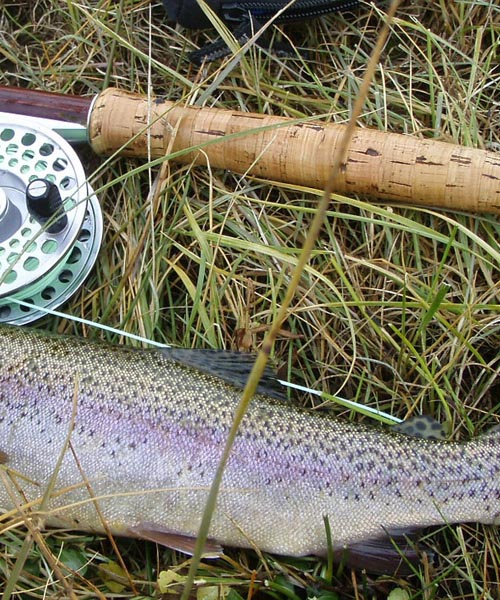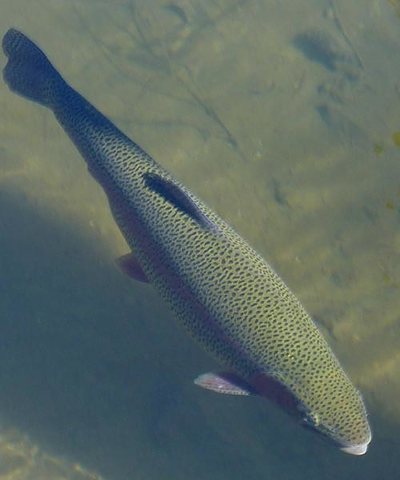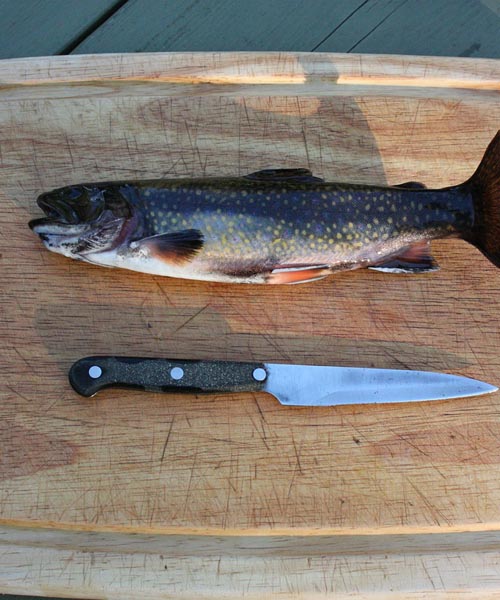How To Catch Rainbow Trout In Shortest Time

North America is rich with trout and perhaps out of all the fish up North these rainbow trout species are the easiest to catch, not just because they happen to be the most common but for other reasons we are about to talk you through in our top ten countdown.
In terms of size, the rainbow trout has been known to grow up to 3lbs in weight in some parts of the Northern areas, but the best part is that these fish tend to roam in some of the most beautiful parts of the country so your fishing experience is taken to a new experience because of the beauty around you.
Fishing Tip 1: What Are You Using for Lures?
The first tip for catching rainbow trout is to identify the types of lures that you are using for your fishing trip. The great thing is that rainbow trout generally like anything that you throw at them, they aren’t fussy, so plugs, spoons, spinners and jigs are all perfect to use as lures.
One fisher claimed that he caught 13 rainbow trout in a matter of 60 minutes by using a small green and yellow plastic jig, but then swapped to a brown and yellow and didn’t get a bite, so you can see that trial and error plays a part.

Fishing Tip 2: What Are You Using for Baits?
Moving on from the types of lures that you are using we need to look closer at the bait aspect. For most trout PowerBait is the ideal solution and these tend to come in so many different colours, and because they are textures like dough you just need to mold them onto your hook. However, if you find that this bait doesn’t work then more traditional and conventional bait like a simple worm can do the trick for you.
Fishing Tip 3: Where to Cast Your Line
Trout as a whole don’t tend to locate themselves in fast moving currents so you won’t have much luck if you cast your line in these areas. Instead, try and look for slower moving water sources and close to rocky areas, these areas will help the rainbow trout preserve their energy where fast moving water will only tire them out.

Fishing Tip 4: Ask The Locals
If you are venturing to a new lake that you have had no experience at before then it’s always advisable to ask the locals what the best ways to catch rainbow trout are. You can either do this in preparation for your trip by heading to some online forums and chat groups or you can do this when you arrive at your destination.
This method will essentially stop you from going in blind, and will help you get an idea of what is going to work best in terms of what area of the lake is best, what time of the day is best and if there are any little tips and tricks that can be offered to you.
Fishing Tip 5: When Can They Be Caught?
The truth is that rainbow trout are active all year but there are certain periods throughout the seasons that do increase your chances of getting a few catches. For example in the Spring time you have a down pour you will often see trout dash out of nowhere in a feeding frenzy. This occurs because down pours can help dislodge food that the fish can then feast on.

Fishing Tip 6: What Techniques Can I Use?
There are a number of different fishing styles that you can use in order to catch rainbow trout and they are all very effective in their own ways. For example, the best technique is drift fishing which is a method that can be used come rain or shine, and because you can cover a good area using this method you could bag yourself some real catches.
The other forms of fishing include float fishing which is the same as drift in many ways, and also tight lining. Tight lining is a form of bottom fishing in which you can have a carefree fishing experience, just remember to buy yourself some polarized glasses so you can see the bottom of the lake or river you are fishing in.
Fishing Tip 7: Landing Your Trout

Whatever size the trout is you need to be prepared as they will fight for their survival, firstly keep your rod tip up high and don’t let them swim downstream. Secondly, if you are planning to release your rainbow trout then you need to do this quickly to prevent stress from kicking in which will result in the trout dying.
